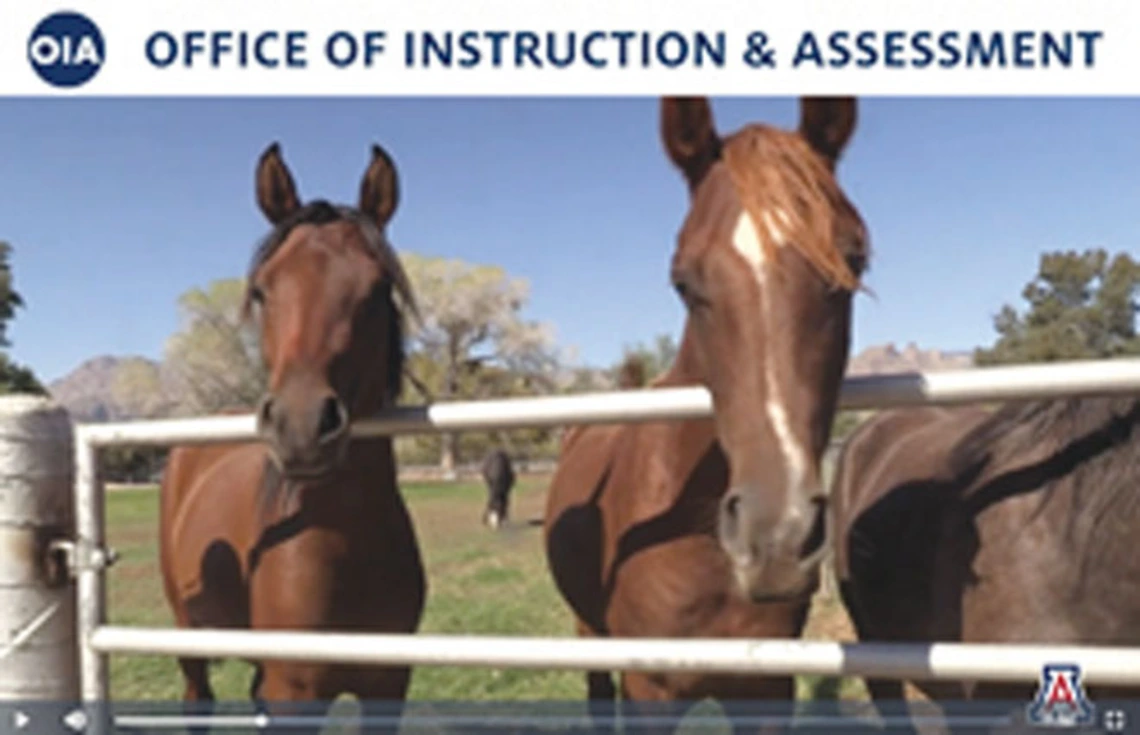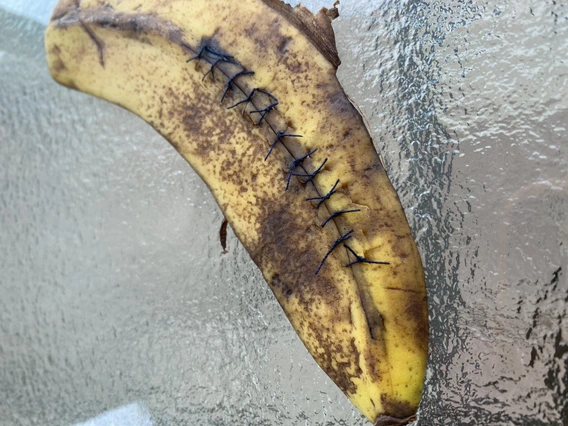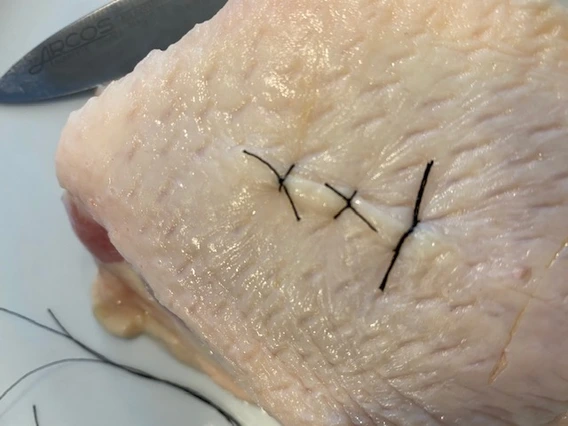Introduction to Animal Sciences Lab

How can you teach “hands-on” laboratories in a virtual environment? Six ACBS instructors were given that challenge when Covid-19 forced ACBS 102L (Introduction to Animal Sciences Laboratory) to be taught online. Designed to expose students to various production practices and procedures in the animal industry, Crista Coppola (course coordinator), and her colleagues, Sam Garcia, Will Milashoski, Amber Hubbell, Netzin Steklis, and H. Dieter Steklis, employed creative solutions for teaching their “hands-on” lab sections in a “hands-off” remote modality. Netzin and Dieter Steklis provided some insight into how they overcame the challenges they faced with converting their lab sections to virtual.
Equine Lab
For Netzin Steklis, who teaches the Equine Lab #1 and #2 of this course, adapting her lab to the “remote” teaching modality was a challenge. While part 1 lent itself quite well to the transition, part 2 was previously held at Al-Marah Equine Center where students could observe the horses and interact with the facility manager.
Working with her creative and dedicated university colleagues, Netzin was able to develop a ‘remote lab’ by using videos of the Al-Marah Equine Center horses and interviews with the manager. Through peer-to-peer collaboration via Zoom, students learned about horse domestication, gained an understanding of the importance of the Al-Marah Arabian horse and how it compares to other equine athletes such as the Thoroughbred horse, and were able to evaluate the Equine Center’s animal welfare practices.
Vet Science Lab
The focus of the Veterinary Science Lab, taught by Dieter Steklis, was for students to learn about the evolution and development of the mammalian circulatory system and to understand differences in mammalian heart function. Normally, this lab would give students the opportunity to examine and dissect cardiovascular tissue as a vital hands-on experience. For the virtual format, students instead watched several recorded lecture segments on the evolution, development, and adaptive function of the cardiovascular system, followed by a video demonstration of the instructor dissecting a sheep heart. The dissection video tied together the details presented in the previous lectures, to help students connect the anatomical concepts and terminology. The heart dissection video also showed a demonstration of basic suture technique. As homework, students were asked to gather the necessary materials for suturing and to practice this basic suture technique, either on chicken skin, or banana skin which is similar to animal skin in texture. Based on student feedback, the majority of students particularly enjoyed the suturing practice.

Students in the vet Sci Lab practiced a basic suture technique on either chicken or banana skin.


